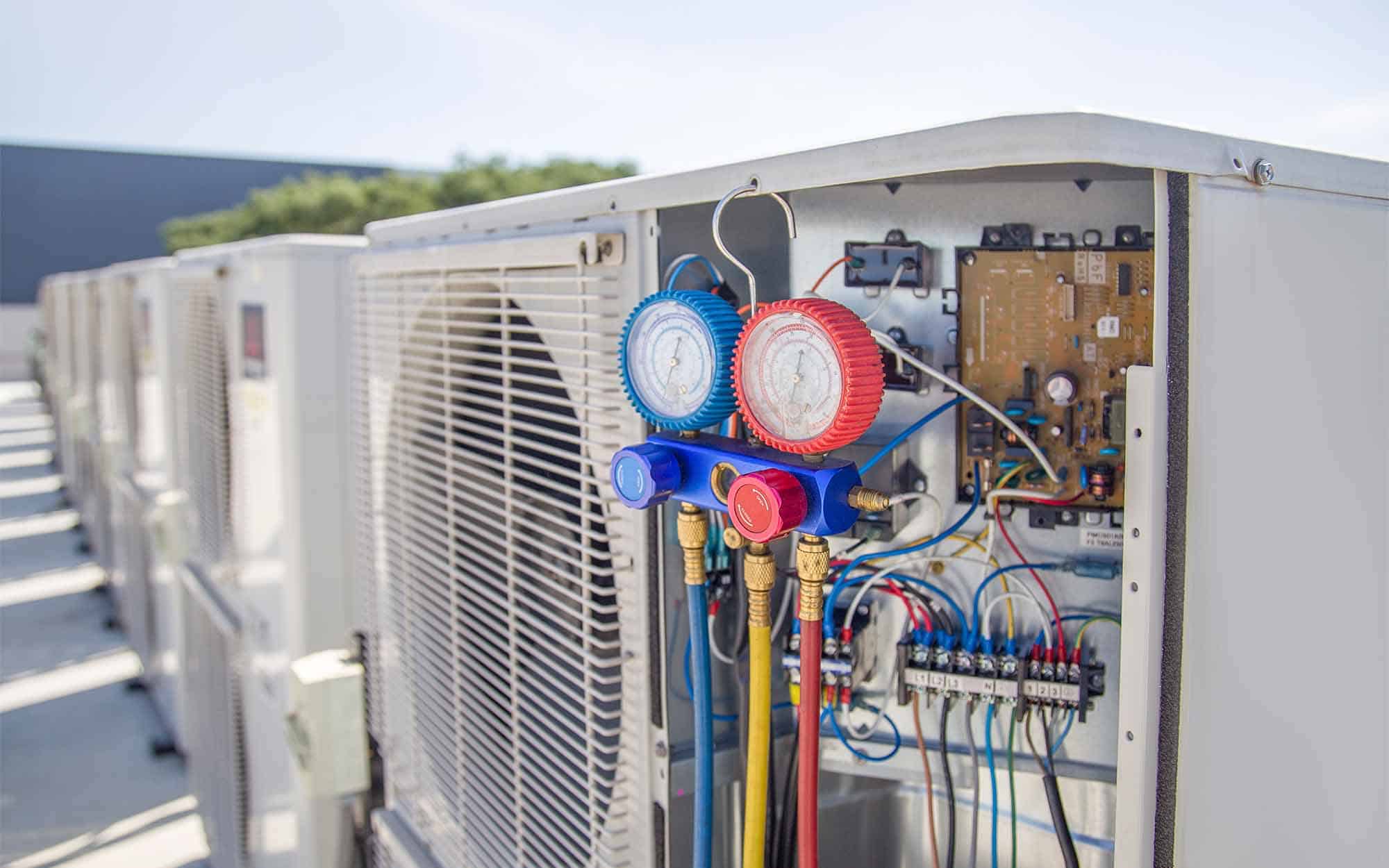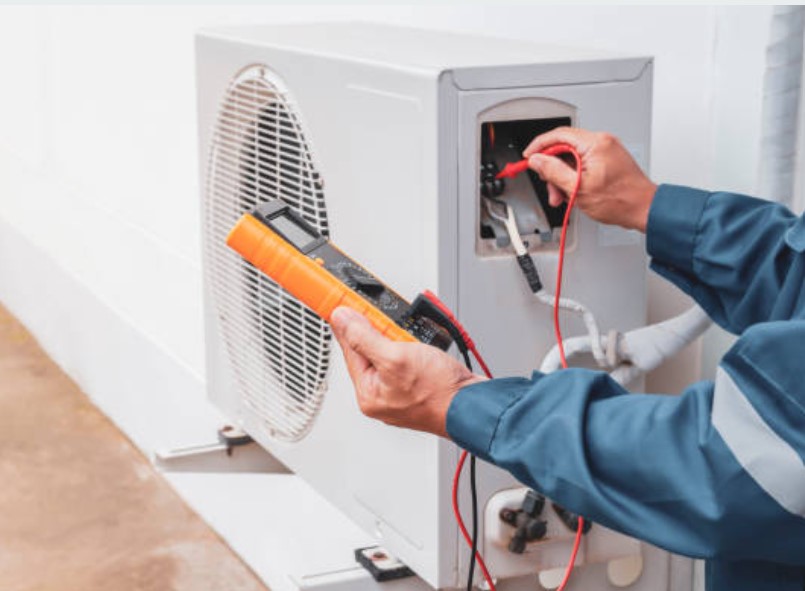Reliable furnace repair to keep your home warm.
Reliable furnace repair to keep your home warm.
Blog Article
Exactly How to Improve Power Performance With Your HVAC System and Furnace Upgrades
As power costs remain to rise, the value of improving power effectiveness through cooling and heating system and furnace upgrades can not be overemphasized. Evaluating your current system's efficiency and considering energy-efficient alternatives are necessary initial steps. Along with picking versions with high SEER and AFUE scores, maximizing thermostat setups and boosting insulation can substantially impact general efficiency. Nonetheless, the journey in the direction of maximizing energy performance does not finish there; understanding the subtleties of regular maintenance and its long-term benefits is similarly essential. What are the certain strategies that can result in considerable savings and boosted comfort?
Analyze Your Current System
Before beginning on any type of upgrades, it is vital to assess your present cooling and heating system and heating system to understand their efficiency and performance. This first evaluation provides a structure for determining areas that call for enhancement and informs choices regarding possible upgrades. Begin by checking out the age of your a/c system, as out-of-date models might do not have modern energy-saving functions.

Energy usage records will certainly also be crucial in evaluating your system's functional prices. By analyzing utility expenses, you can establish patterns of energy use and recognize spikes that call for further examination. Last but not least, consider performing a professional power audit to get a professional assessment of your system's performance. This detailed examination will certainly direct you in making notified options about required upgrades, making sure that your financial investments in energy efficiency yield the wanted benefits.
Upgrade to Energy-Efficient Versions
Updating to energy-efficient models is a crucial step in enhancing the total efficiency of your heating and cooling system and heater. These modern systems are designed to eat much less energy while delivering optimum home heating and air conditioning, leading to significant cost savings on utility expenses and a reduced ecological footprint.
When taking into consideration an upgrade, seek models that have high Seasonal Energy Efficiency Ratios (SEER) for air conditioning and Yearly Gas Utilization Efficiency (AFUE) rankings for heating systems. These rankings show the effectiveness of the units, with greater numbers reflecting better efficiency. Energy-efficient models usually integrate innovative innovations, such as variable-speed electric motors and wise thermostats, which even more enhance power financial savings.
In addition, many energy-efficient a/c systems are outfitted with boosted insulation and much better sealing, which decrease power loss and enhance indoor comfort. air conditioner repair. While the first investment might be higher, the lasting financial savings on power prices and prospective tax obligation motivations for utilizing energy-efficient appliances can offset this cost substantially

Eventually, upgrading to energy-efficient models not only adds to a more sustainable future but additionally raises the convenience and effectiveness of your home or organization.
Optimize System Settings
To maximize the performance of your have a peek here HVAC system and heating system, it is important to optimize system settings customized to your specific needs. Begin by setting your thermostat to an energy-efficient temperature level. The U.S. Department of Power advises a wintertime setting of 68 ° F when you are wide awake and lowering it while you sleep or are away. In summer, go for 78 ° F throughout the day.
Use programmable or wise thermostats that permit you to set up temperature level changes instantly. This ensures your system operates only when necessary, lowering energy intake. Furthermore, ensure that your system is readied to run in the appropriate setting-- heating in winter months and cooling in summer-- while avoiding the constant fan choice unless required Clicking Here for air circulation.
Regularly review and readjust setups based on seasonal changes, occupancy patterns, and certain convenience choices. Ensure that vents and signs up are unblocked, allowing for optimum airflow. Ultimately, think about zoning systems that allow individualized comfort in different locations of your home, even more enhancing performance. By fine-tuning these settings, you can attain substantial power financial savings while keeping a comfy living environment.
Improve Insulation and Sealing
A well-insulated home is crucial to making the most of the effectiveness of your a/c system and heating system. Proper insulation lowers the work on these systems, thus preserving energy and reducing utility bills. Begin by analyzing your home's insulation in locations such as the attic, wall surfaces, and floors. Insulation materials like fiberglass, foam, and cellulose can substantially improve thermal resistance, assisting to maintain conditioned air inside and outside air out.
Along with insulation, sealing gaps and cracks is critical. Pay special focus to windows, doors, and any type of infiltrations in wall surfaces, such as electric outlets and plumbing components. Weatherstripping and caulking can efficiently seal these openings, protecting against drafts that compromise your a/c performance.
Additionally, guarantee that air ducts are effectively protected helpful resources and sealed. Dripping air ducts can result in considerable energy losses, minimizing system efficiency. Utilizing mastic sealer or steel tape to seal duct joints can boost air movement and efficiency.
Arrange Regular Maintenance
Routine maintenance of your a/c system and heating system is necessary for ensuring ideal efficiency and longevity. Scheduled assessments and servicing can identify potential issues prior to they intensify, stopping pricey fixings and inefficiencies. Throughout maintenance, a certified professional will clean and change filters, check cooling agent levels, check ductwork for leaks, and evaluate total system operation. This proactive technique not only enhances power effectiveness yet additionally extends the lifespan of your equipment.
It is recommended to set up upkeep at the very least two times a year-- as soon as in the springtime for the cooling system and once in the fall for the home heating system. residential hvac company. Routine upkeep helps maintain constant interior temperature levels, making certain convenience throughout the year. In addition, a well-kept system runs more successfully, which can result in visible decreases in energy expenses
Neglecting maintenance can result in decreased effectiveness, enhanced deterioration, and inevitably, system failure. By prioritizing routine service, home owners can stay clear of unforeseen failures and ensure their a/c system and furnace run at peak performance. Buying maintenance is a crucial step in enhancing power efficiency and developing a more sustainable home atmosphere.
Final Thought
In final thought, boosting energy performance within HVAC systems and furnace upgrades is important for reducing power intake and enhancing total convenience. A systematic method that consists of examining the present system, investing in energy-efficient designs, enhancing settings, improving insulation, and scheduling regular maintenance can cause considerable advantages. Executing these techniques not only reduces power bills yet additionally adds to a more lasting setting, making it imperative for home owners to prioritize these upgrades.
Report this page